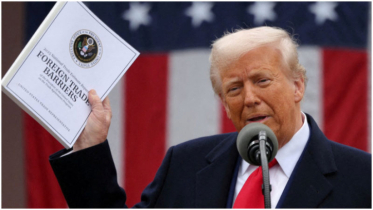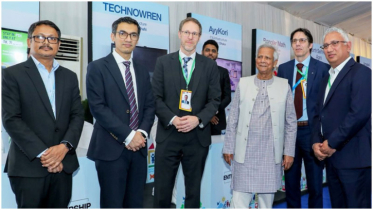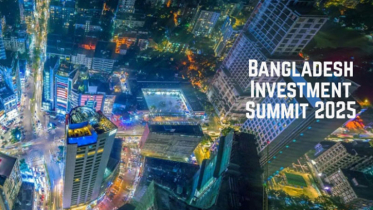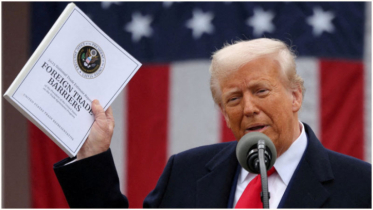Expectations from UN LDC-5 Conference: Bangladesh perspective
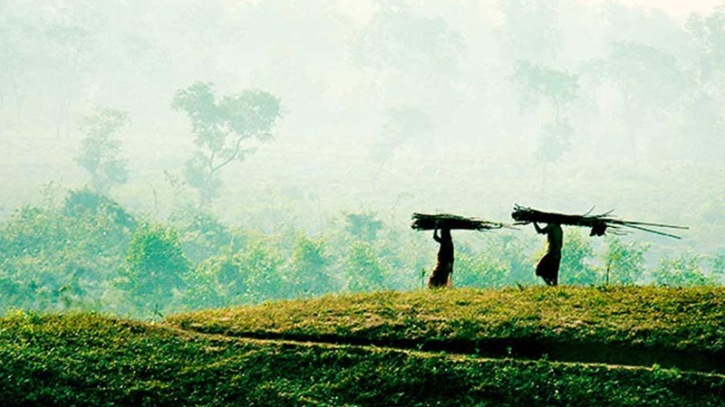
The 5th United Nations Conference on the Least Developed Countries (LDCs) has started in Doha, the capital of Qatar. Bangladesh is one of the most significant participants among the LDCs in the conference. Prime Minister Sheikh Hasina joined the plenary session on the first day of the conference on 5th March, and in her speech highlighted the role of development partners in transitioning least developed countries from the list of LDCs. This conference is significant for Bangladesh as the country will graduate from LDC in 2026. To face the post-graduation challenges, Bangladesh will need to get its development partners on its side.
However, considering the current global economic recession, this conference is also significant for all LDCs and their development partners.
LDC-5
The Conference of 46 LDC countries organized by the United Nations will continue from March 5th to 9th. The Conference is featuring plenary sessions, parallel high-level thematic roundtables, and a series of parallel and sideline events on various thematic priorities of the Doha Program of Action (DPoA). Over five days of the Conference, world leaders will sit with the private sector, civil society, parliamentarians, and young people to advance new ideas, raise new pledges of support, and spur delivery on agreed commitments, through the Doha Program of Action.
According to the UN, least developed countries (LDCs) are low-income countries confronting severe structural impediments to sustainable development. A country’s per capita income index for defining LDC is below USD 1,018. They are highly vulnerable to economic and environmental shocks and have low levels of human assets. The first conference of these vulnerable LDCs was held in 1981. The first two conferences were held in Paris, the capital of France. The third and fourth conferences were held respectively at Brussels and Istanbul. After a decade of an interval, the 5th conference is being held in Doha, Qatar.
In 1971, the concept of least-developed countries was established. Though the developed world has been supporting the less developed countries in various ways as development partners, most LDCs are not making progress on economic vulnerability and some are becoming more vulnerable. So far only 6 countries have been able to get out of this list. However, every 10 years LDCs get an opportunity to raise their voice and negotiate at the LDC conference. The action plan is adopted based on their demand. A major breakthrough at the Brussels conference in 2001 was the introduction of duty-free quota-free access in the European market under the Everything But Arms (EBA) facility. A technology bank for the least-developed countries was formed through the conference.
Current Scenario of LDCs
The Covid-19 pandemic has disrupted economic activity around the world. The least developed countries have been affected the most. However, even if the pandemic shock could be overcome, the suffering of the less developed countries has been intensified by the Russia-Ukraine war. The Ukraine war has been accompanied by a sharp rise in inflation under the pressure of food, energy and major commodity prices. Even, the European Union, the United Kingdom, and the United States have not remained exceptional from the inflationary shock of the energy crisis. As of January 2023, the highest inflation rate was 26.2 per cent in the EU country Hungary.
Where the condition of the developed countries is deplorable, the less developed countries are struggling to cope with this situation. Sri Lanka has already declared bankruptcy due to the foreign exchange reserve (forex) crisis. Inflation has reached extreme levels in Pakistan. Bangladesh also had to take loans from the IMF as a precautionary measure as the country is also suffering from soaring inflation, and fluctuating forex reserves. Most of the least developed nations have the same scenario or worse than these.
In the last two years, the pandemic and the Russia-Ukraine war weakened the strength of least developed countries currently in the transition period. Angola has already withdrawn itself from the transition process. Though the Solomon Islands was scheduled to graduate by 2024, they had to extend the plan for 3 years more. Laos’ foreign debt risk has steadily increased. The situation in Nepal and Bhutan has also worsened.
Hence, though the least developed countries can deal with these crises now with the assistance of the developed world, they will have less fiscal room to combat emerging conditions in the post-LDC period. As developing countries will be excluded from the benefit schemes provided by developed countries, they will face new challenges of assistance in areas of trade, development cooperation, and help with participation in the inter-governmental process.
Bangladesh Perspective
Bangladesh joined the LDC in 1975. Eight countries including Bangladesh among the 16 countries that are in the process of transitioning from LDCs are set to leave the category by 2026. Bangladesh is currently the best performer to graduate. However, though Covid and the Russia-Ukraine war have weakened Bangladesh’s strength somewhat, Bangladesh still holds the leading position among LDCs. In her address on the first day of the Conference on Sunday, Bangladesh Prime Minister Sheikh Hasina said, “Bangladesh is the only LDC among the world’s 50 largest economies in terms of GDP. Our march towards graduation is also marked by our efforts at just, inclusive, and sustainable development.”
However, despite being in a strong position among the LDCs, post-LDC Bangladesh is likely to face many challenges. In March 2022, the Doha Program of Action for the LDCs Suggested six core areas for the LDCs to move out of the group. These are investments in people, leveraging science, technology, and innovation, structural transformation of the economy through productive capacity development, expanding international trade and deepening regional integration, combating adverse fallout of climate change and environmental degradation, renewing international solidarity, and strengthening international partnerships.
Bangladesh is showing rapid success in all these areas. However, the regional and global community should come forward along with Bangladesh for the fulfillment of these goals. Regional cooperation is essential to diversify exports from dependence on the RMG industry alone. Also, without continued foreign investment and cooperation, it will be difficult to face the challenges ahead. The continuation of preferential and free trade agreements is also essential for uninterrupted trade.
Bangladesh expects that extended facilities will be ensured to address post-graduation challenges until any stable economic growth takes place. Considering Bangladesh’s vocal participation and economic strength, the country has the potential to take the lead of LDCs in getting support from development partners in the transition process. Perhaps, it may also play a leadership role in the UN General Assembly on such issues in near future.
Source: Modern Diplomacy
.png)

